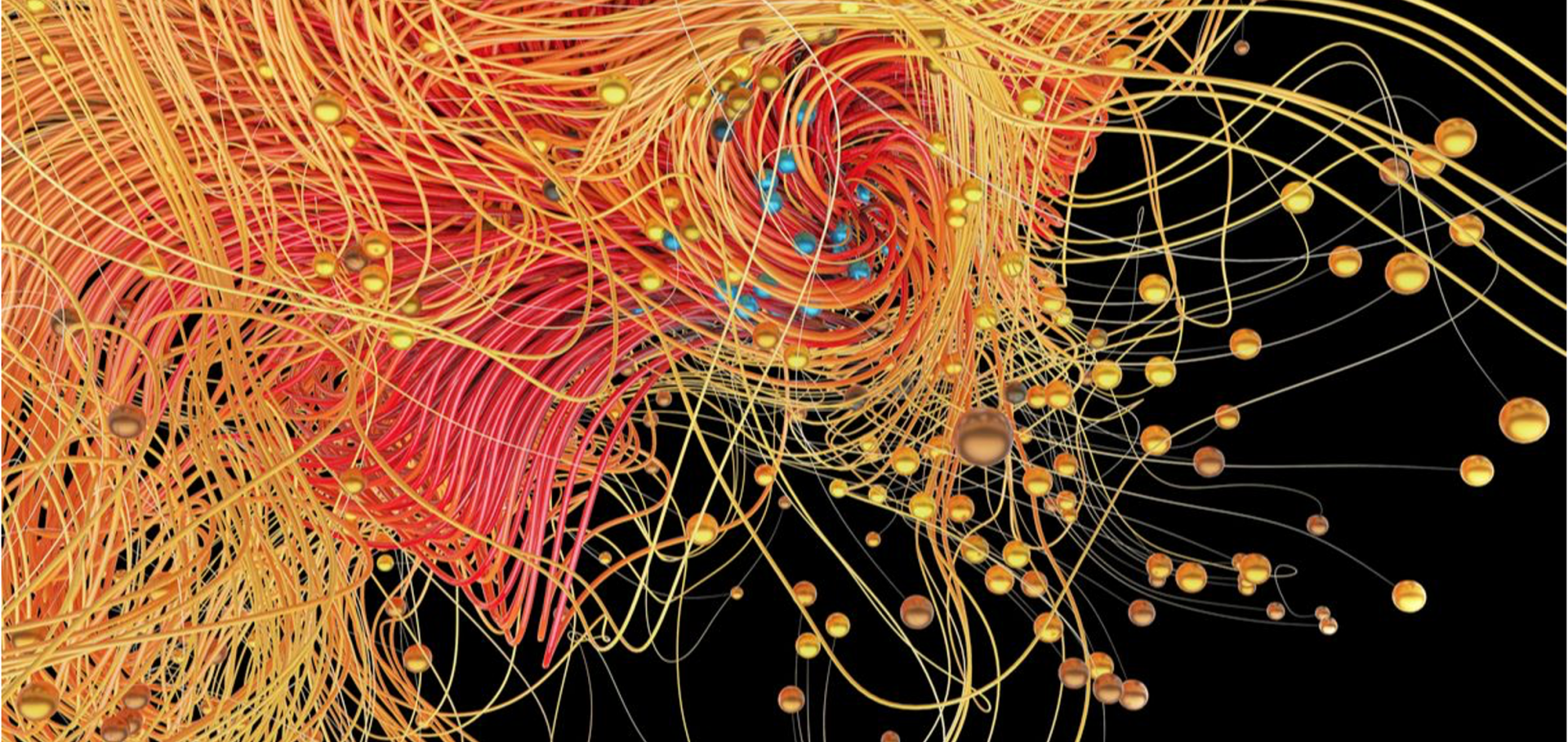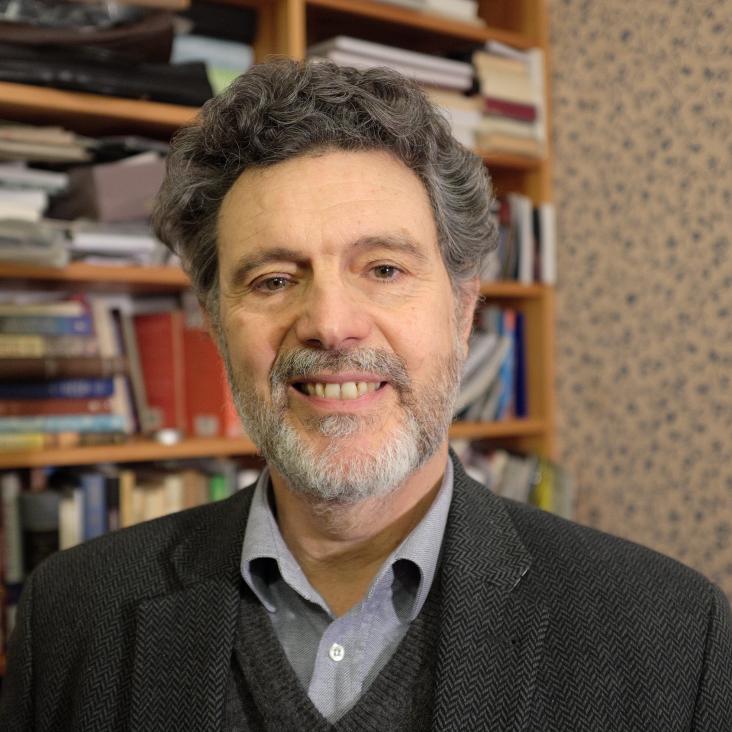Author Correction: Polarizing an antiferromagnet by optical engineering of the crystal field
Nature Physics Springer Nature 16:12 (2020) 1238-1238
Controlling spin current polarization through non-collinear antiferromagnetism
Nature Communications Springer Nature 11:1 (2020) 4671
Absolute crystal and magnetic chiralities in the langasite compound Ba3NbFe3Si2O14 determined by polarized neutron and x-ray scattering
Physical Review B American Physical Society 102:5 (2020) 54417
Abstract:
We present a combined polarized neutron and x-ray scattering study on two enantiopure langasite single crystals aimed at the determination of their absolute structural and magnetic chiralities and the coupling between them. Our respective data sets unambiguously reveal two samples of opposite structural chirality, where the magnetic handedness is pinned by the structural one. Simple energy considerations of the magnetic exchange and single-ion anisotropy parameters reveal that it is not the Dzyaloshinskii-Moriya interaction but the local single-ion anisotropy on a triangular plaquette which plays a key role in stabilizing one of the two magnetic helices.Emergent helical texture of electric dipoles
Science American Association for the Advancement of Science 369:6504 (2020) 680-684



